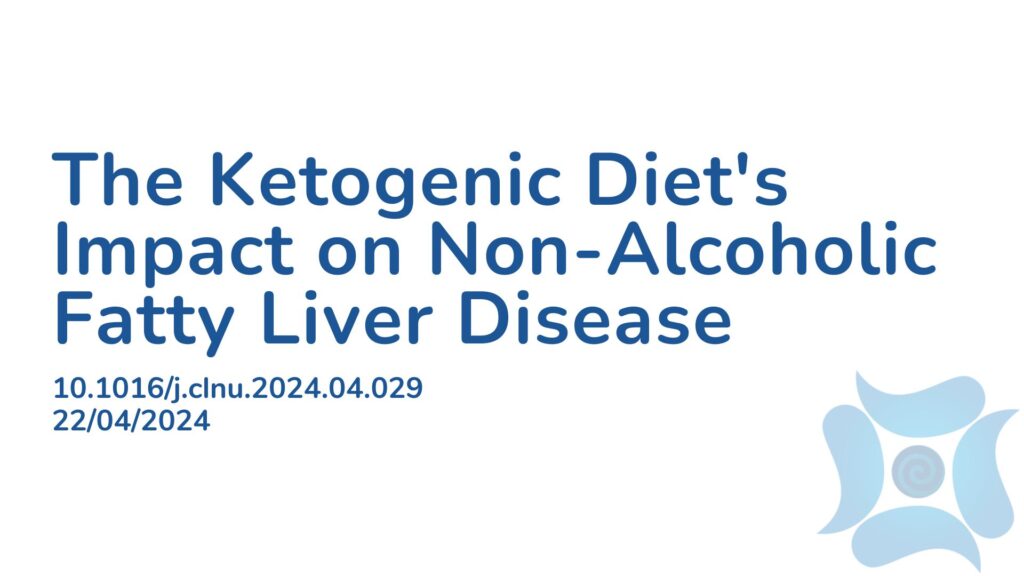Summary:
In recent years, more people have been diagnosed with non-alcoholic fatty liver disease (NAFLD). There’s been speculation that the ketogenic diet (KD) might help with NAFLD, but its effectiveness and safety are still uncertain. This study investigates the efficacy of the KD in NAFLD in mice to understand why it might work. The researchers fed mice the KD for varying durations: 1, 2, 4, and 6 weeks. They analyzed their blood for fat and liver health markers and examined their liver tissue under a microscope. Additionally, they deactivated a protein called MT2 in some mice to observe the impact. The findings revealed that the KD was most effective in improving NAFLD outcomes when administered for 2 weeks. Furthermore, the MT2 protein played a crucial role in how the KD influenced NAFLD, as deactivating it rendered the KD diet ineffective. In conclusion, the study suggests that the KD improves NAFLD outcomes in mice, especially when followed for two weeks.
Abstract:
Background & Aims: The past few decades have witnessed a rapid growth in the prevalence of nonalcoholic fatty liver disease (NAFLD). While the ketogenic diet (KD) is considered for managing NAFLD, the safety and efficacy of the KD on NAFLD has been a controversial topic. Here, we aimed to investigate the effect of KD of different durations on metabolic endpoints in mice with NAFLD and explore the underlying mechanisms. Methods: NAFLD mice were fed with KD for 1, 2, 4 and 6 weeks, respectively. The blood biochemical indexes (blood lipids, AST, ALT and etc.) and liver fat were measured. The LC-MS/MS based proteomic analysis was performed on liver tissues. Metallothionein-2 (MT2) was knocked down with adeno-associated virus (AAV) or small interfering RNA (siRNA) in NAFLD mice and AML-12 cells, respectively. H&E, BODIPY and ROS staining were performed to examine lipid deposition and oxidative stress. Furthermore, MT2 protein levels, nucleus/cytoplasm distribution and DNA binding activity of peroxisome proliferators-activated receptors α (PPARα) were evaluated. Results: KD feeding for 2 weeks showed the best improvement on NAFLD phenotype. Proteomic analysis revealed that MT2 was a key candidate for different metabolic endpoints of NAFLD affected by different durations of KD feeding. MT2 knockdown in NAFLD mice blocked the effects of 2 weeks of KD feeding on HFD-induced steatosis. In mouse primary hepatocytes and AML-12 cells, MT2 protein levels were induced by β-hydroxybutyric acid (β-OHB). MT2 Knockdown blunted the effects of β-OHB on alleviating PA-induced lipid deposition. Mechanistically, 2 weeks of KD or β-OHB treatment reduced oxidative stress and upregulated the protein levels of MT2 in nucleus, which subsequently increased its DNA binding activity and PPARα protein expression. Conclusions: Collectively, these findings indicated that KD feeding prevented NAFLD in a time dependent manner and MT2 is a potential target contributing to KD improvement on steatosis.
Article Publication Date: 22/04/2024
DOI: 10.1016/j.clnu.2024.04.029




